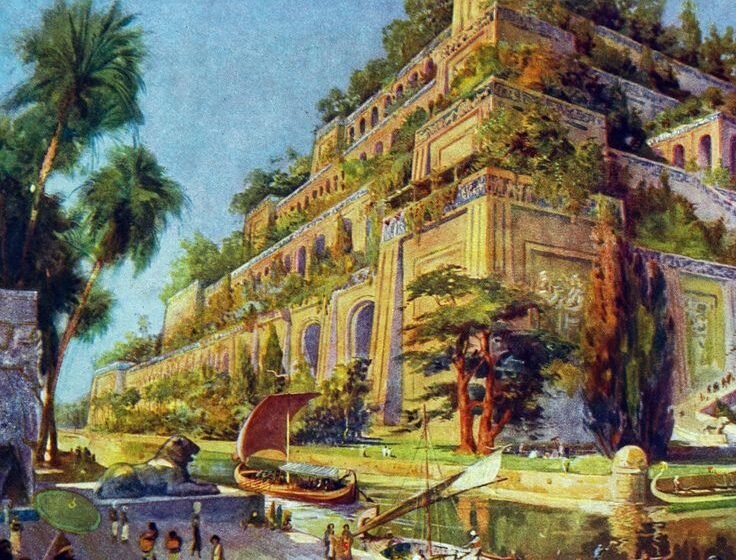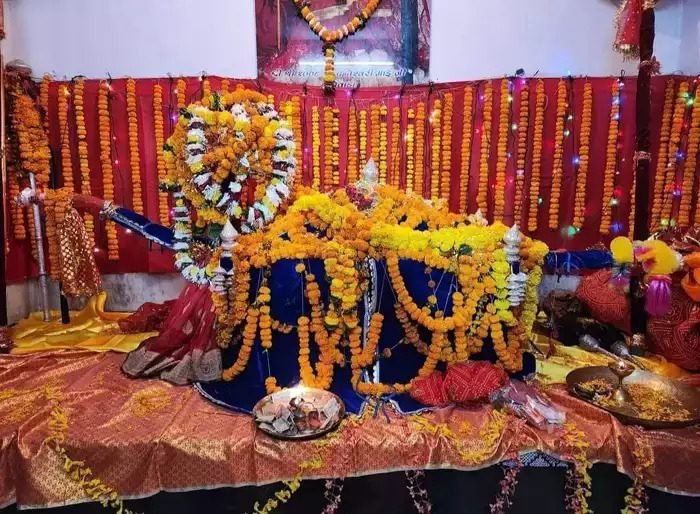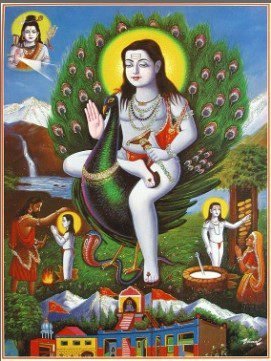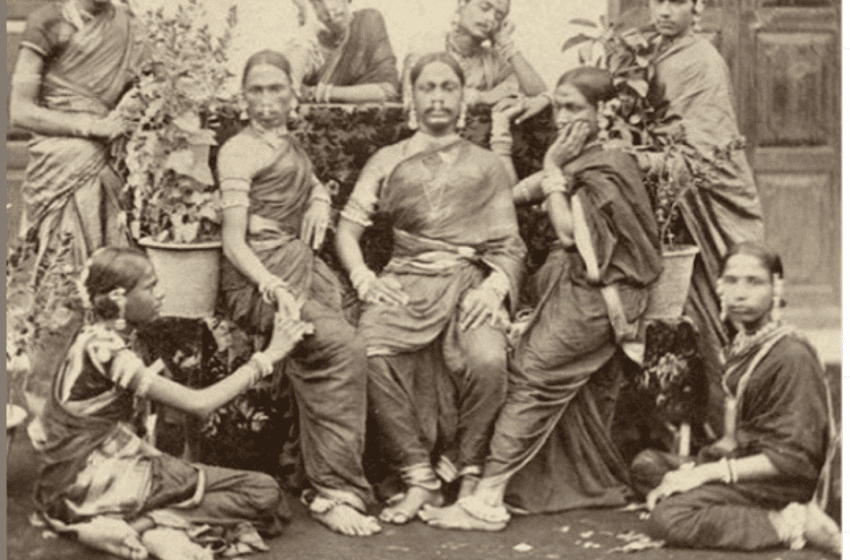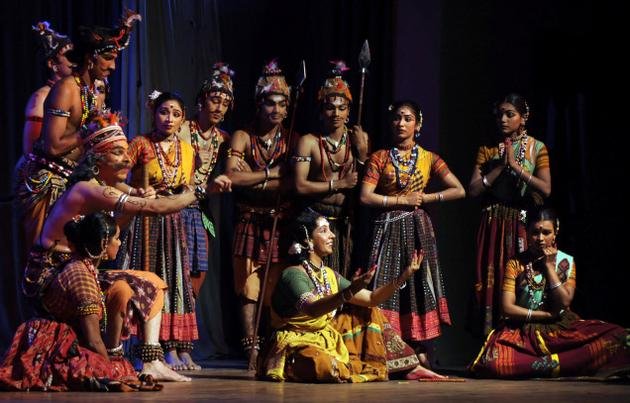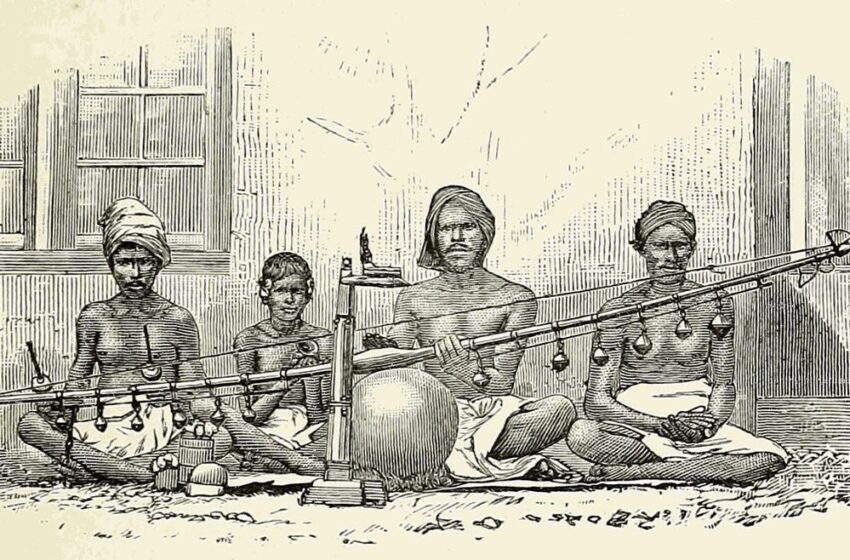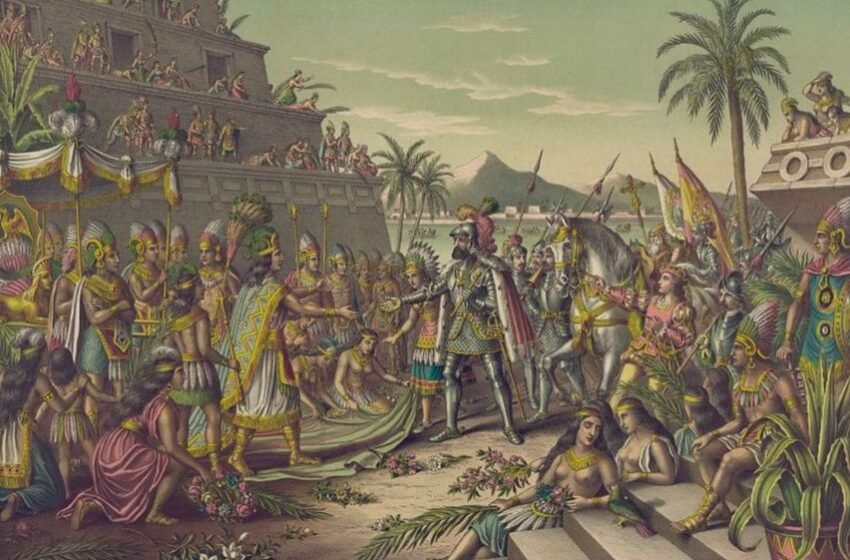The world’s history has been a spectator of many great civilisations that have arisen and ended. However, the impacts of ancient civilisations have recurring effects on the world even today. One of the most ancient and might even rumoured to be the first civilization known to man was that of Mesopotamia. It is believed to […]Read More
Tags : TRADITIONAL MEDIA
Devi Mavli is deeply venerated in certain parts of India, particularly in regions where folk traditions and local deities play a significant role in the spiritual lives of the people. Unlike the more universally worshipped gods and goddesses of Hinduism, Devi Mavli holds a special place in the hearts of her devotees, who turn to […]Read More
Baba Balak Nath: The Divine Shepherd of Himachal’s Spiritual Landscape
Baba Balak Nath is the divine shepherd on the spiritual canvas in Himachal Pradesh, where a harmonious marriage of nature’s beauty occurs with spirituality. Baba Balak Nath stands for faith and devotion, crowned with wonderment through the ages. The temple at Deotsidh in the Hamirpur district is a light for devotees representing the rich spiritual […]Read More
The Jwalamukhi Temple is in the beautiful Kangra valley of Himachal Pradesh and is among the few unique temples in India devoted to the Goddess Jwalamukhi (The Goddess of the eternal flame). Unlike the usual temples that harbour idols within their sanctum, this temple attracts pilgrims solely because of a curious natural phenomenon: perpetual flames […]Read More
Disproportionate to the overall trend, the extent and intricacy of history run parallel to that of humanity. Transsexuality by its larger definition encompasses a range of identities from transsexuals to intersexuals and from all continents across cultures, societies, and years because they exist in some form or another all through history. Even during times of […]Read More
Oggu Katha: The Art of Telecentric Narration in Telangana Folk
Oggu katha is the folk art that portrays traditions of legendary heroes and gods of Telangana mingling music, tales and dance movements. Part and parcel of the social and religious focalization of the South India, Oggu Katha is intended both for recreation and worship. However, because of its importance to the culture, this particular form […]Read More
The Elegance of Kuravanji: Tamil Nadu’s Forgotten Lyrical Poetry
Kuravanji – a classical form of tamil lyrical poetry is one of the most distinctive elements of the cultural geography of Tamil Nadu. In the word Kuravanji, the first meaning, translated as “The Gypsy’s Tale,” describes gypsy women’s lives, travels, and associations with nature and civilisation. Also admired for its art and religious significance, Kuravanji […]Read More
Imagine a resonating bow, strung not for arrows but for stories—a captivating sound that sets the stage for tales of gods, heroes, and common folk. This art form, once echoing through the vibrant villages of Tamil Nadu, now fades into whispers. Can you guess what we’re talking about? Let’s unravel this musical mystery one clue […]Read More
The American Revolution (1765–1783) remains one of the most transformative events in modern history, marking the emergence of a new nation and establishing principles of liberty and democracy that continue to resonate globally. What began as growing dissatisfaction with British colonial policies evolved into a monumental struggle for independence. The Revolution not only created the […]Read More
The Spanish conquest of the Aztec Empire (1519-1521) is one of the most defining moments in world history. It marks the beginning of European domination in the Americas and is often portrayed as a dramatic clash between two distinct worlds: the technologically advanced Spanish conquistadors and the highly organized and sophisticated Aztec civilization. However, the […]Read More
